Disclosure of Material Connection: Some of the links in the post above are "affiliate links." This means if you click on the link and purchase the item, I will receive an affiliate commission. Regardless, I only recommend products or services I use personally and believe will add value to my readers. I am disclosing this in accordance with the Federal Trade Commission's 16 CFR, Part 255: "Guides Concerning the Use of Endorsements and Testimonials in Advertising."
Few of the nobel vitis vinifera grape varieties have such high status and are so irresistibly charming well in the bottle. On the other hand not may grapes are so extremely tricky to grow and vinify. It gives the growers and wine makers many tough challenges along the way but it is clearly worth the effort as the grape has potential to present you with world class, complex, rosy, elegant wines quite unprecedented in the world of wine. I give you the evasive and cheeky all star amongst grapes- the pinot noir. For many reasons this grape is a tough cookie both to grow, to handle and to transform into quality wine. But the wines on the other hand.…The wines!
See also: To learn more about wine pairings, here’s our recommended sweet wine and desert pairings tips!
A Crash Course in Pinot Noir and Food Pairings
This is everything you need to know about how one of your favorite wines pairs with food!
About the Grape
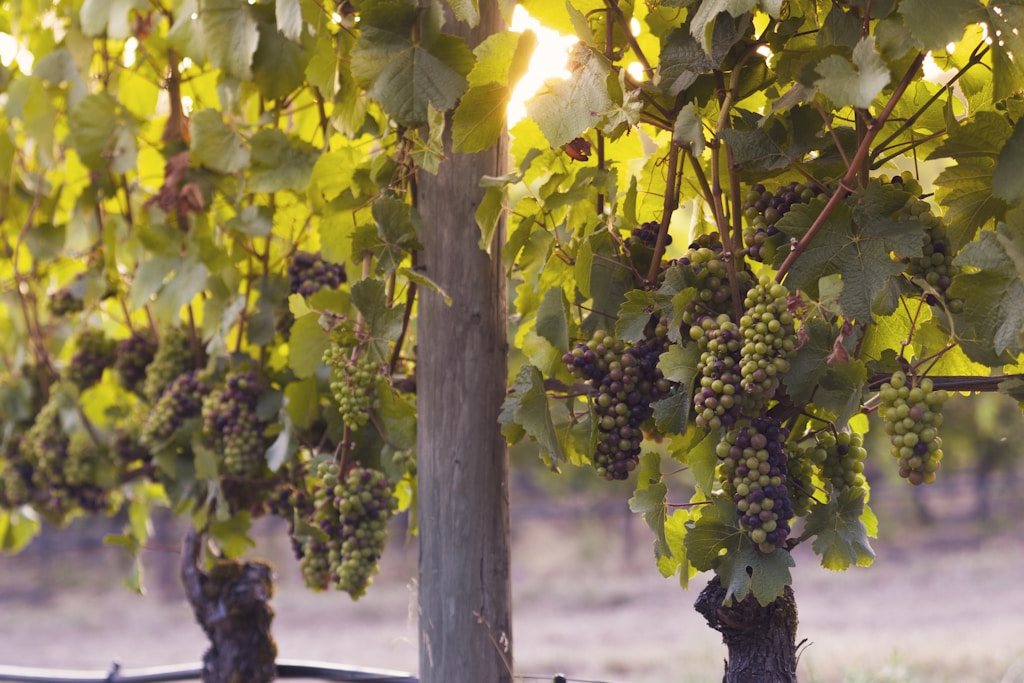
Pinot noir is testing to handle and the obstacles many for the farmer. It has unusually thin skin that beaks easily and if it does, the sweet grape juice attracts pesky insects and other kind of severe grape growing trouble like bacteria and disease. Its bunches are also very tight. This matters. It means that in a cool climate with lots of rain and fog the moist gets into the bunch and overstays its welcome as the wind can’t dry it up. This makes the grape bunch susceptible to rot, powdery mildew or other catastrophic mold attacks.
Furthermore pinot noir mutates very easily resulting in both a jungle of different clones, and in making it increasingly hard for the grower to keep the ”best” clone, or simply the clones of your liking, in check and apart.
And it doesn’t end here. This grape, mainly due to its thin skin, likes its surroundings cool. The cool climate it demands adds even further challenges for the grape farmer in terms of possible frost, snow, hail, heavy rainfall or biting wind during the growing period. These forces of nature are sometimes extra ill timed, for example at bud break, during flowering and at or around harvest time. If bad, they can decimate the harvest and hence the finished volume of wine. At worst, you don’t get to harvest any grapes at all. It truly is risky business to grow grapes in these marginal, cool climates.
The thin skin on the grape also makes it a challenge to extract color. The flesh is white and adds liquid, some sweetness to the must and also acidity. It’s in the skin of the grape you find the color, and most of the aroma- and flavor components. Due to the unusually thin skin of this particular grape, it really never produces opaque, dense wines. Instead they are often light to medium bodied, and quite transparent. Again, there are many styles, but one has to generalize a bit sometimes to get a point across.
The Expression of Pinot Noir Wines

The birth place of pinot noir is undoubtedly french Burgundy. The marl soil, the marginal climate and the long tradition of growing this grape and cultivating the best clones has resulted in classical, elegant, structured, acidic, flavorful wines well capable of a long life in the bottle and hence famous for their aging potential.
Don’t let the transparent appearance and supple aromas of wild strawberries, raspberries and cherries fool you though. Albeit light in body and rich in fragrant red fruit these awe-inspiring wines are also packing tannins, sometimes quite grippy, high acidity, and loads of poise. In Burgundy they are traditionally aged on small, toasted oak barrels that enhances the tannin structure and adds notes of cedar, sandalwood, coffee or chocolate. The grape is fenomenal at letting through mineral notes from the soil and also naturally gives exciting animal notes to the wine. In conclusion, many are fooled by the ”watered out” look of a pinot noir wine, and ends up astonished by the surprising seriousness and structure in the glass.

However, pinot noir wines has quite different expressions depending on its origin. Cool climate areas like New Zeland, Oregon, Burgundy and Germany all produces fresh, complex world class wines from the grape, but in quite different styles. This due to climate and micro climate, hours of sun, soil, trellis-system, vinification philosophy and different ways of aging the wines.
If you like this the french style but it is a bit too tough for your liking, your go-to pinot can very well be a german one. These fruity, structured wines are rarely aged in oak and this gives them a fruitier, rounder expression and a bit softer tannins. Still acidic, still serious. If you want to stay in France, the unrecognized and winsome red Sancerre from the Loire Valley is always made from Pinot Noir and seldom oak aged. The appellation produces charming yet slender, very elegant, mineral driven wines. If you can get your hands on a pinot from French Alsace, these too are attractive and fruity yet ambitious wines.
If you are looking for an even more fruity, sun ripe and less acidic wine with softer tannins look towards new world countries with slightly warmer, sunnier climate like New Zeland, South Africa or the US. Here the vines gets a longer growing season with some much needed extra hours of sun and a generally warmer average temperature. In effect the acidity in the pinot noir wines from these nations and regions are more balanced, the fruitiness more pronounced and the tannins are not as harsh. Due to the more mature grapes and the sweeter grape must, the alcohol might up a bit but this is well balanced by the riper fruit and fuller body.
Price Matters
Also the price tag is a tell tale sign. If the wine is from Burgundy, and dirt cheap, don’t bother. It is very difficult to grow grapes at all in this cool climate region, let alone Pinot Noir. The use of oak barrels that are very expensive, raises the cost even more. So if the wine is ”too” much a bargain, it simply indicates poor quality. There is no shortcuts in making quality Pinot Noir wine, especially not in a very challenging climate. But there is always the unfortunate few producers that just wants to make a buck. OR just does’t have the skills, knowledge and tradition to grow the grapes and produce the wine in a proper fashion. These fine and demanding wines are not something you just whip up routinely. It takes much dedication, training and talent.
Pinot Noir and Food Pairing
What does all the above theory mean for the food pairing? Well. The wines from Pinot Noir is truly great and quite versatile to pair with food. Albeit not full-bodied and powerful as much as elegant and light in style they are outstanding to match with a variety of every day food or gourmet dishes. The acidity, the juicy berries, the animal notes, mineral character and if oak aged- the ceder notes all guarantees for connecting with many ingredients. The wine will present you with even more of its splendor in the pairing with food. Perhaps a rule of thumb would be to pair Pinot Noir, generally, with lighter, more elegant dishes as supposed to heavy, rich ones. Aged or produced in the french style, a rustic pinot works fantastically with truffles and more flavorful game like hare, grouse and pheasant.
Fish
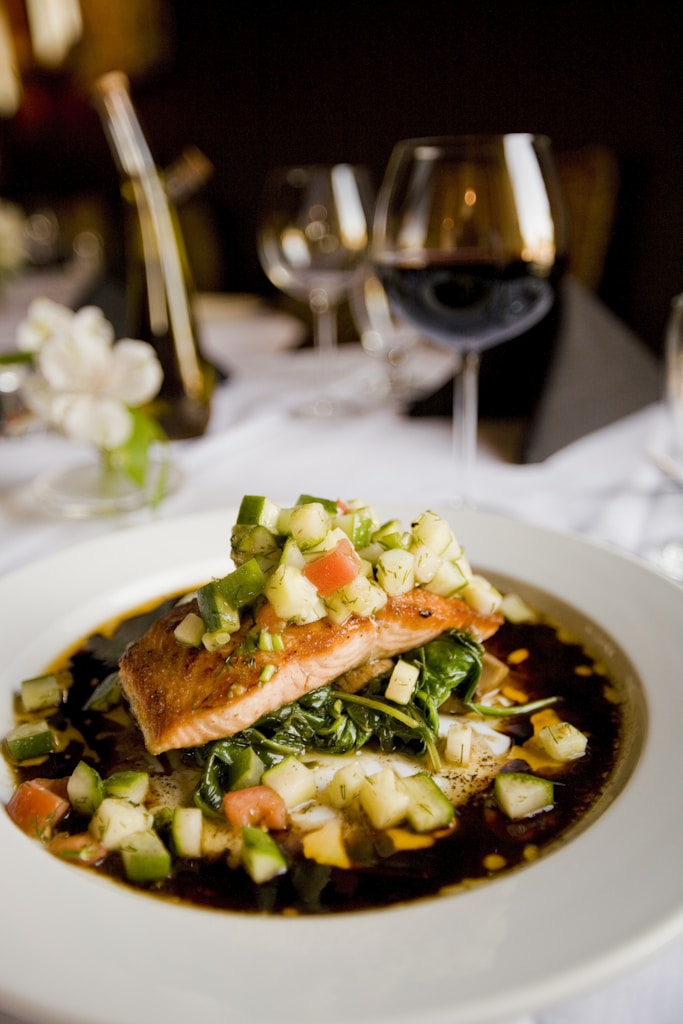
Due to Pinot Noir’s lightness, you can even pair a fruity one with fish. In this case pick a new world pinot, or possibly a german one. Seared salmon or tuna works beautifully. You might want to add some salt, fat or acidity though. Grilled lobster is another unexpectedly smashing pairing.
Poultry
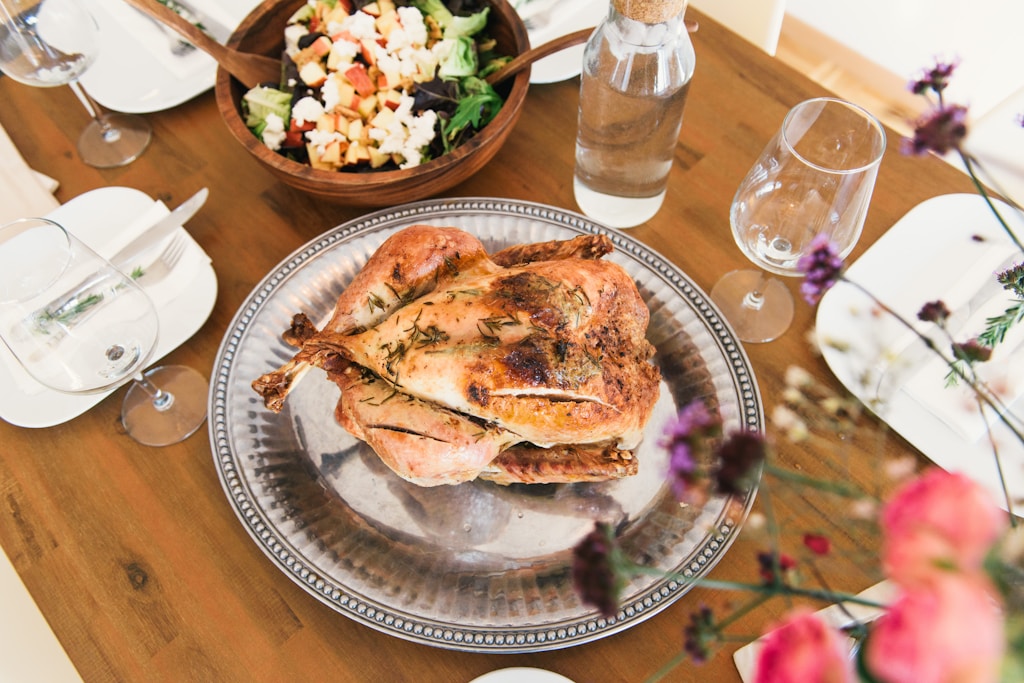
Chicken, roast turkey, duck, goose, quail and pigeon are really a classical, great match with these elegant wines not without that rustic, animal note. It is in this case nice to accentuate the wines juicy berry tones and acidity with cherries, figs or a fruity, tart jam of some sort. Or make wine an ingredient in itself. Coq au vin is seared in red wine(use Pinot Noir why don’t you) and works great with any pinot.
Meat
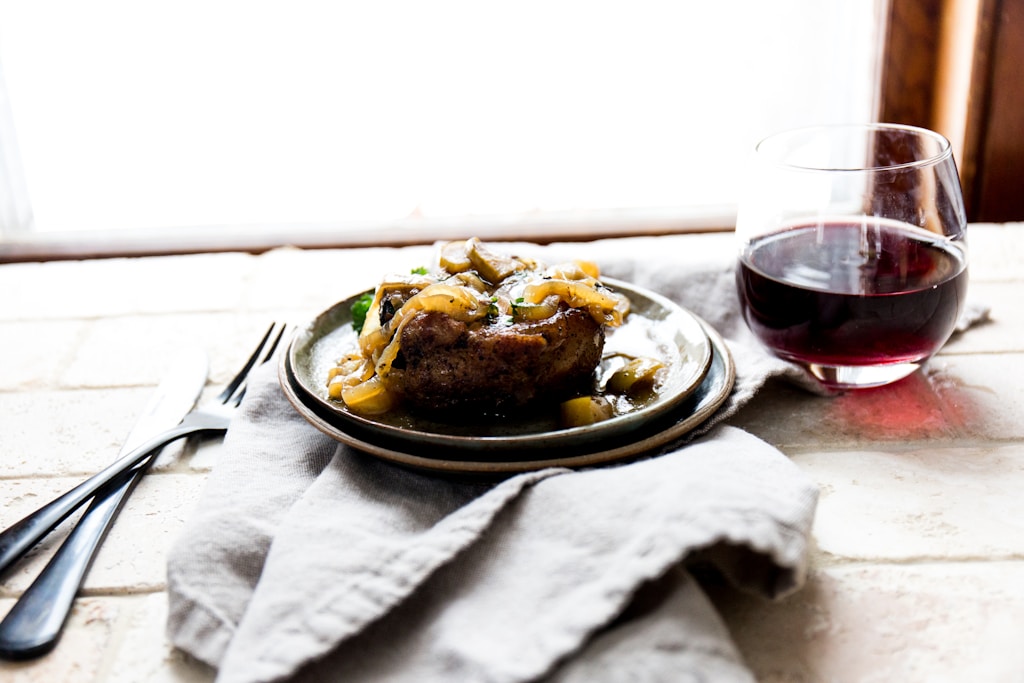
Another way of reasoning about pairing is to think regionally. I can’t stress this enough. All the Burgundian dishes are heavenly with Pinot Noir. This is its home turf, and the local food and the wines have been hanging out for a very, very long time. They have simply adjusted to one another. Boeuf Bourguignonne (Burgundian stew), rabbit, kidneys, rack of lamb, venison….the old recipes from Burgundy gives you great dishes to match with its local pride and joy Pinot Noir.
Cheese

Pair Pinot Noir with the french, local to Burgundy, soft cheese from goat, brie cheese, washed rind cheese or even mild, salty blue cheese.
Cold Cuts

Cold cuts, glazed ham, paté, sweetbread and terrines are another category of meats that matches and mirrors the character of a Pinot Noir wine beautifully. Pinot Noir displays related animal notes like leather, even stable or smoked bacon. Pulled pork is great too. BBQ. Why not a classical steak frites, cooked rare.
Vegetarian
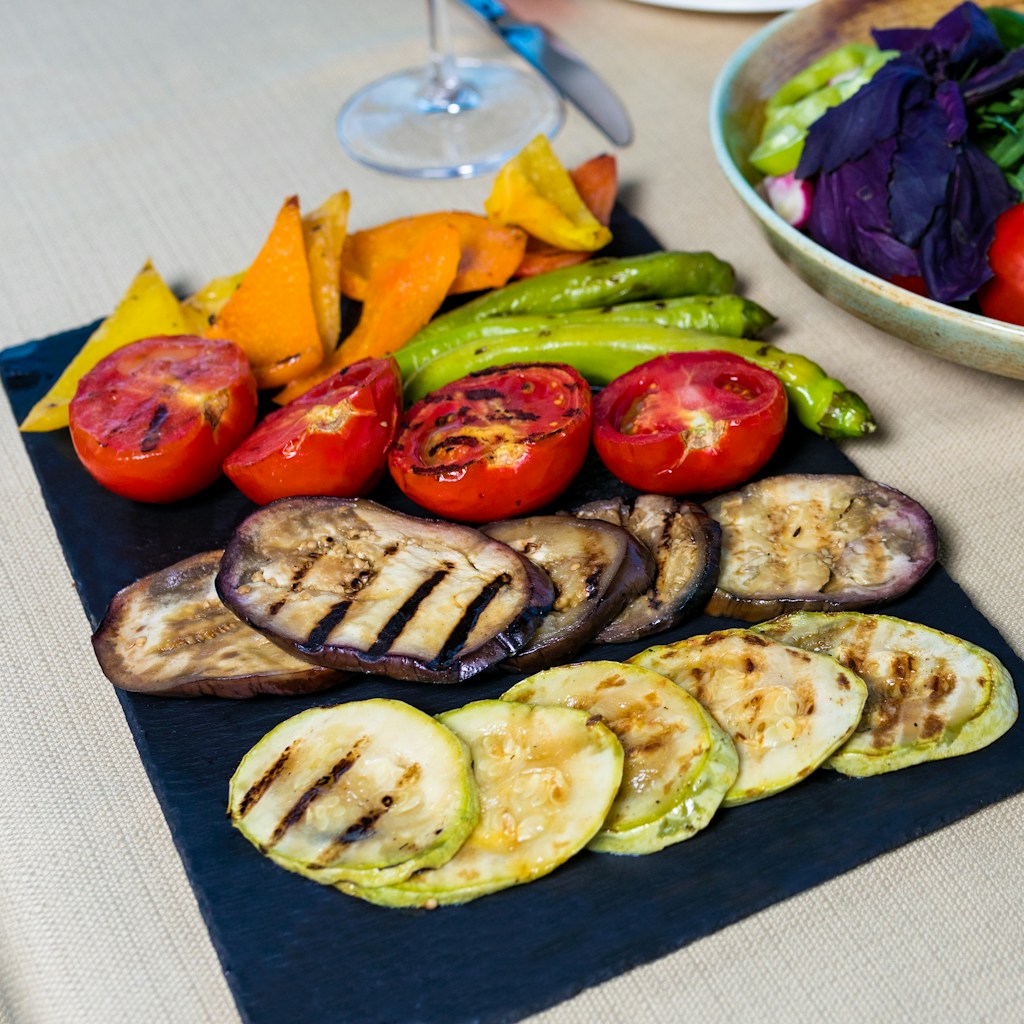
Grilled or braised vegetables like asparagus with lemon butter is a great dish accompanied by pinot. Roasted beetroots another. All dishes laced with wild mushrooms, morels or champingions truly enjoys the company of pinot noir.
I hope this gave some inspiration and ideas on Pinot Noir and food pairing.
See also: For desert, or parties on the patio try this Pink Lemonade Moscato recipe!
Good Luck!





